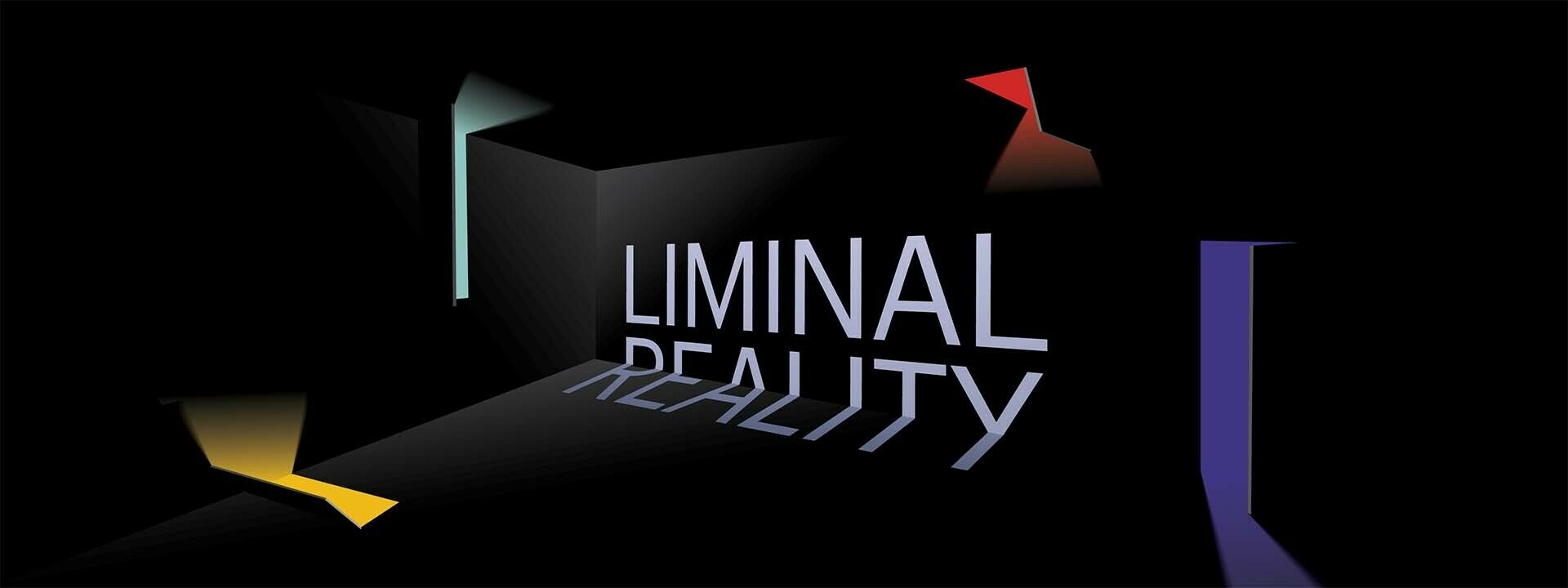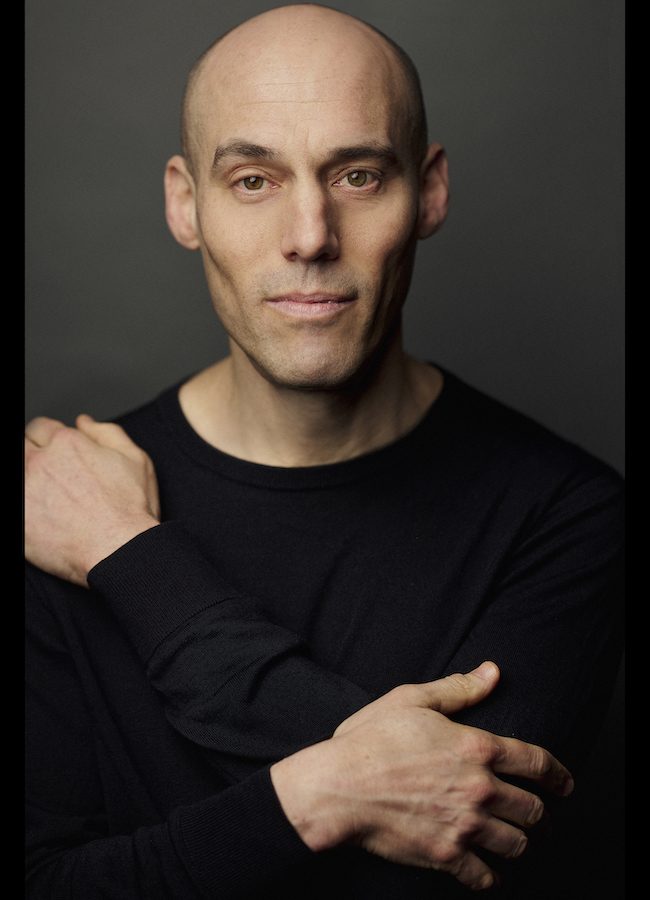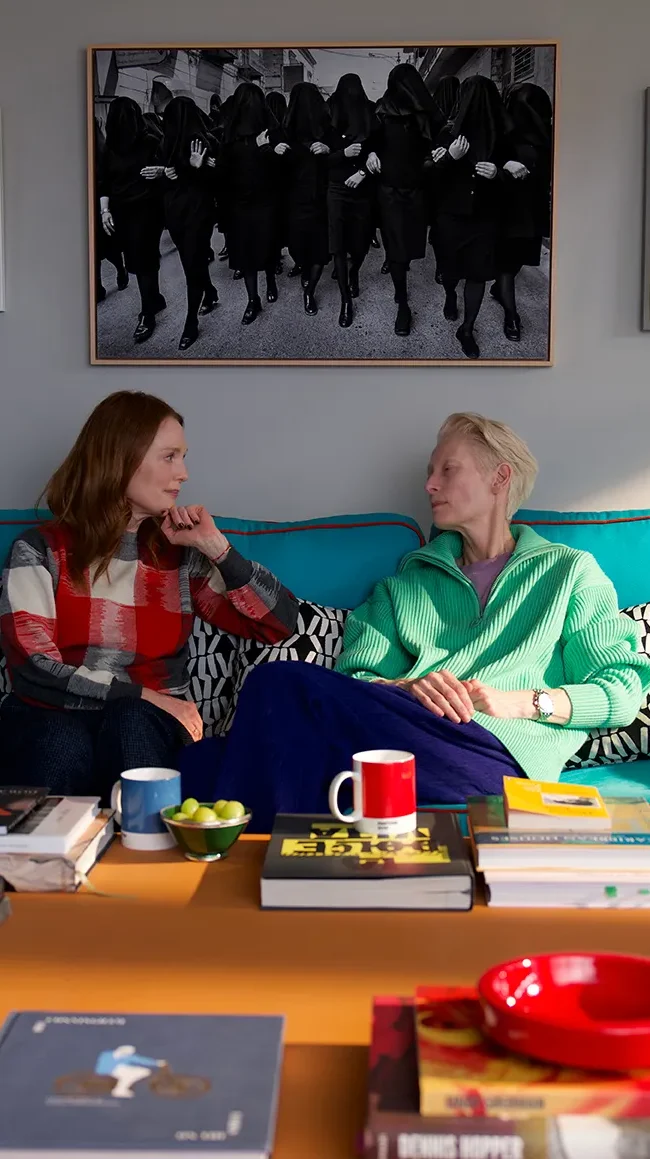IDFA DocLab Presents Liminal Reality: 5 New VR Projects (and One Encore Experience) I’m Hoping to Catch in 2022

For the past decade and a half the International Documentary Film Festival Amsterdam, the world’s largest nonfiction fest, has both incubated and showcased our digital future through its perennially impressive IDFA DocLab. And this latest hybrid edition’s Liminal Reality program (which ran November 19-28) continued that trend. In addition to a wealth of in-person experiences and live events in the Netherlands’ capital (well, until the country went into pandemic lockdown on the final weekend), there was also a free online exhibition. Which is always great news not only for XR fans and obsessive gamers on a budget, but also for those of us travel-restricted and/or festival-gathering hesitant in the US and beyond.
And while no gear was required for many of these projects (only Google Chrome browser and a desktop computer or laptop recommended), hardcore VR aficionados with headsets on hand especially seemed to have gratis entry into a wide array of mind bending worlds. So with this in (sound) mind, here’s an eclectic selection of new experiences from around the globe – plus one oldie but goodie that rocked my world a half decade back – that I’m guessing, if the following program synopses are any indication, will cause much more than a ripple when they hit this side of the pond.
The Choice, Joanne Popinska, Canada, Poland
In this planned series of interactive VR experiences, women talk about their choice to have an abortion. The woman sitting opposite you in this first episode shown at IDFA DocLab is Kristen from Texas. As you talk to her about her experience, the initially empty space around you gradually fills with animated line drawings that reinforce the story which is already so poignant.
She talks about her and her husband’s longing for a child, their joy when she became pregnant, and the immense sadness when after 20 weeks it turned out that their unborn child had serious physical abnormalities. She also talks about the almost inhumanely obstructive attitudes she faced in the Texas health care system when making what was already such a difficult decision. The title thus has a double meaning — it is about the actual choice that women make, as well as the freedom of choice that they are denied in far too many parts of the world.
The City Was Asleep and It Had a Dream, Mariam Natroshvili, Detu Jincharadze, Georgia
The end of the Soviet Union has made its mark, not only on Georgia’s politics, society, and economy, but also on Tbilisi’s urban architecture. Regimented blocks have acquired slipshod DIY extensions; buildings arise with no overall plan; and construction projects that were abandoned halfway have left functionless gaps. Mistakes are made and not always corrected. Urban sprawl is thus changing the appearance of the city.
A virtual tour takes you through the crumbling remains of the Soviet era and the flagships of the new neoliberal order. Fragments of different districts are connected to create the city’s dream landscape. The police station, the pawn shop, and the church are symbols of the powers that control public, economic, and moral life. The way they are embedded architecturally reflects the collision, overlap, and partial merger of two ideological systems from which a new city is born.
Diagnosia, Mengtai Zhang, Lemon Guo, United States
In this VR experience, Mengtai Zhang locks us into his own memories of a center for internet addicts. Run by psychiatrists, who are backed up in some centers by military personnel, this institution functions as a re-education camp. The user moves around the interactive animated VR environment — through the gray corridors and classrooms — while Mengtai recalls haunting memories of violence, peer pressure, and indoctrination.
But is “internet addiction” really a psychiatric disorder at all? Diagnosia raises big questions about the scientific literature and reveals that Chinese researchers frequently refer to a certain Professor Goldberg, who had actually introduced the term “internet addiction” as a parody of the DSM, the diagnostic manual for mental disorders.
Mengtai’s observation that this diagnosis disregards the patient’s social environment has relevance beyond the Chinese context. In Mengtai’s own case, his parents were in a divorce battle — and they were in fact the ones who delivered him to the center. In other words, a diagnosis of “internet addiction” could just be another form of social control.
Goliath: Playing with Reality, Barry Gene Murphy, May Abdalla, United Kingdom, France
Goliath has been diagnosed with schizophrenia. This animated VR puts us not only in his shoes, but also in his head. As Goliath explains what has happened to him, we experience how fragmented and confusing his reality is. And how much support he finds in the virtual world of online multiplayer gaming, also socially.
The interactive VR experience blurs the boundary between game and reality. In an old-fashioned arcade game, we have to steer Goliath through all kinds of obstacles. And Goliath’s years in a psychiatric hospital are brightened for the VR user by catching flying pills. What is more real? The online gaming world, in which Goliath has friends, fun, and achievable goals? Or physical reality, in which, as the VR user experiences, he is overwhelmed by psychoses? The voiceover by actress Tilda Swinton reminds us that in the end every reality is only formed inside our heads — or disintegrates there.
Missing Pictures Episode 2: Tsai-Ming Liang, the Seven-Story Building, Clément Deneux, Kuan-Yuan LAI. France, Taiwan, United Kingdom, Luxembourg, South Korea
Almost every filmmaker has had an experience of “the one that got away”: a film that didn’t get made, whether because of a lack of money, a troublesome star, or disasters on the set. The VR series Missing Pictures offers famous directors the opportunity to bring a lost project back to life in an animated virtual world. In the first edition, which was part of last year’s IDFA DocLab, Abel Ferrara (Bad Lieutenant) transported us into his dystopian vision of 1980s New York.
This second episode, about Tsai Ming-liang, the Taiwanese maestro of slow cinema, contrasts starkly with the first, in both atmosphere and style. As Tsai explains right at the start, he doesn’t have a “missing picture,” but what he does have are childhood memories that would be impossible for him to film. He talks about how he grew up with his grandparents, who took him out to see two films every evening. So instead of this being a making-of of an unmade film, Tsai gives us a making-of of his entire film career.
Past Experience Must-See:
Notes on Blindness, Arnaud Colinart, Amaury La Burthe, Peter Middleton, James Spinney, France, England
In 1983, author, teacher and theologian John Hull (1935-2015) went blind after years of declining vision. He kept an audio diary during this drastic period of his life. In the course of three years, he recorded more than 16 hours of material documenting his journey into a world beyond sight — a testimony to loss, rebirth and renewal, in which he explores the deepest recesses of the inner world of being blind. This diary was previously published in book form under the title Touching the Rock. It’s now a multimedia project consisting of a short film, a documentary and this virtual reality experience. The award-winning project allows us to “see” how we can experience the world without images, emotionally and cognitively, in a marvelous way. Each of the six chapters focuses on one of Hull’s specific memories or experiences: from a day in the park to a liberating storm, making use of game technology, animation and sound design.
– Lauren Wissot











